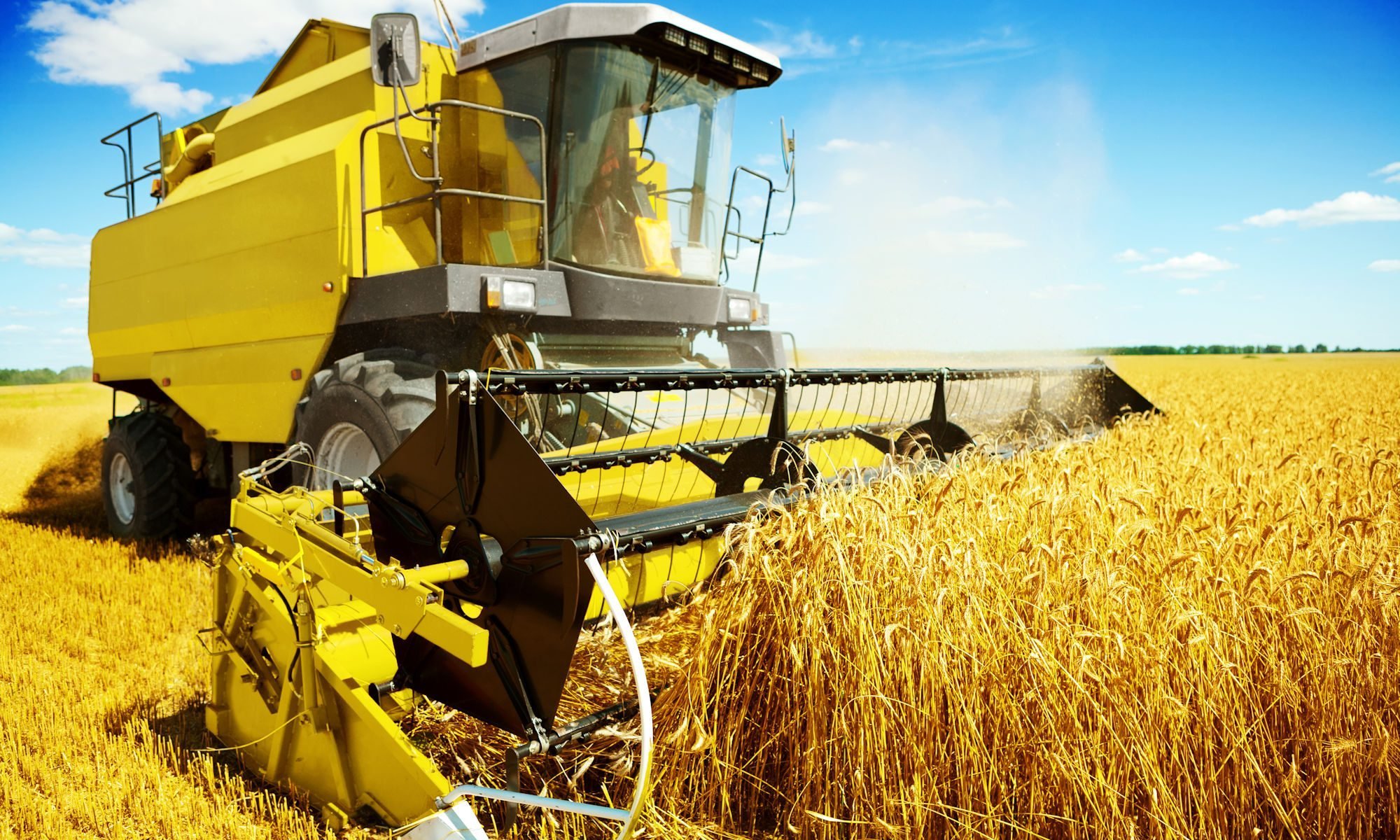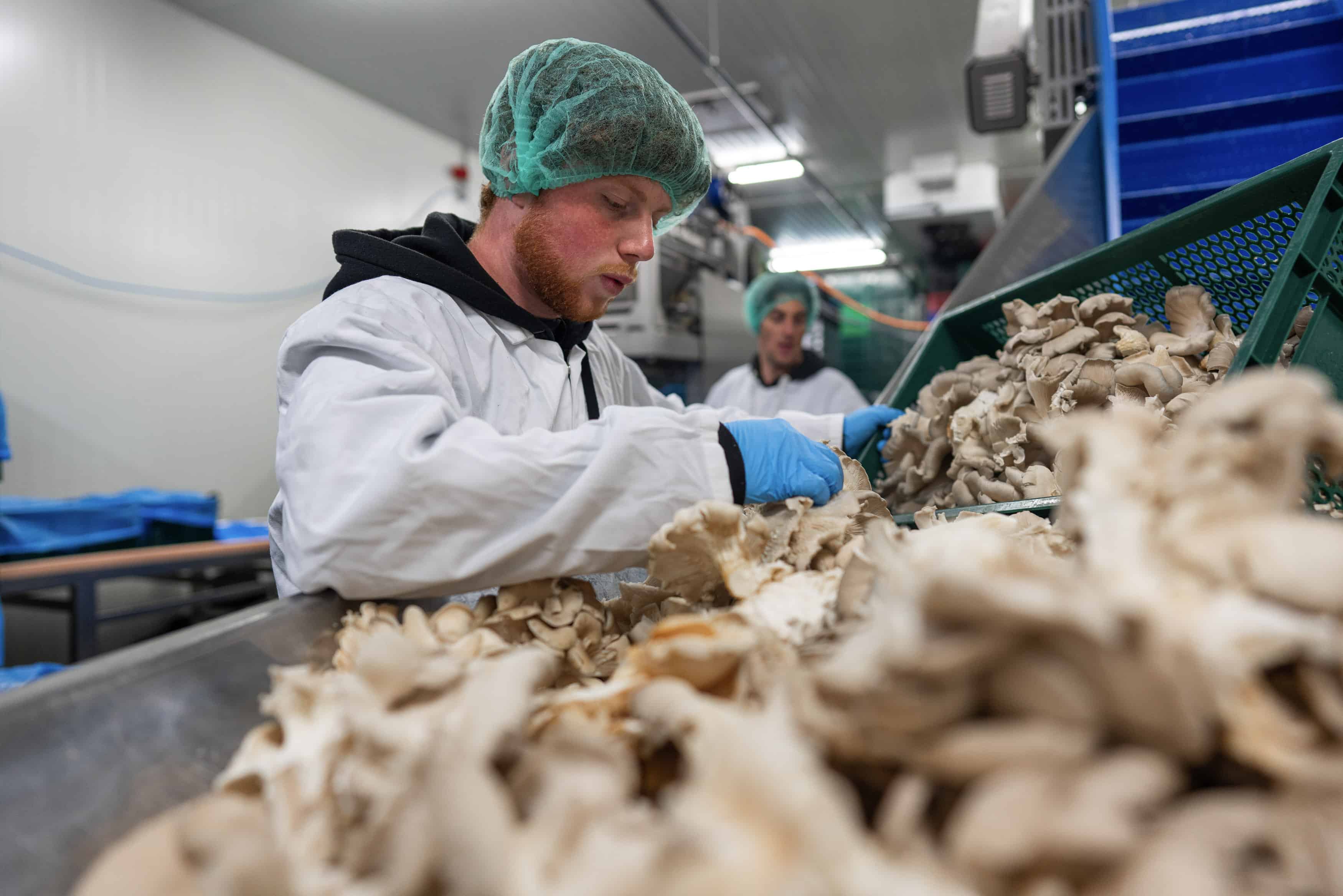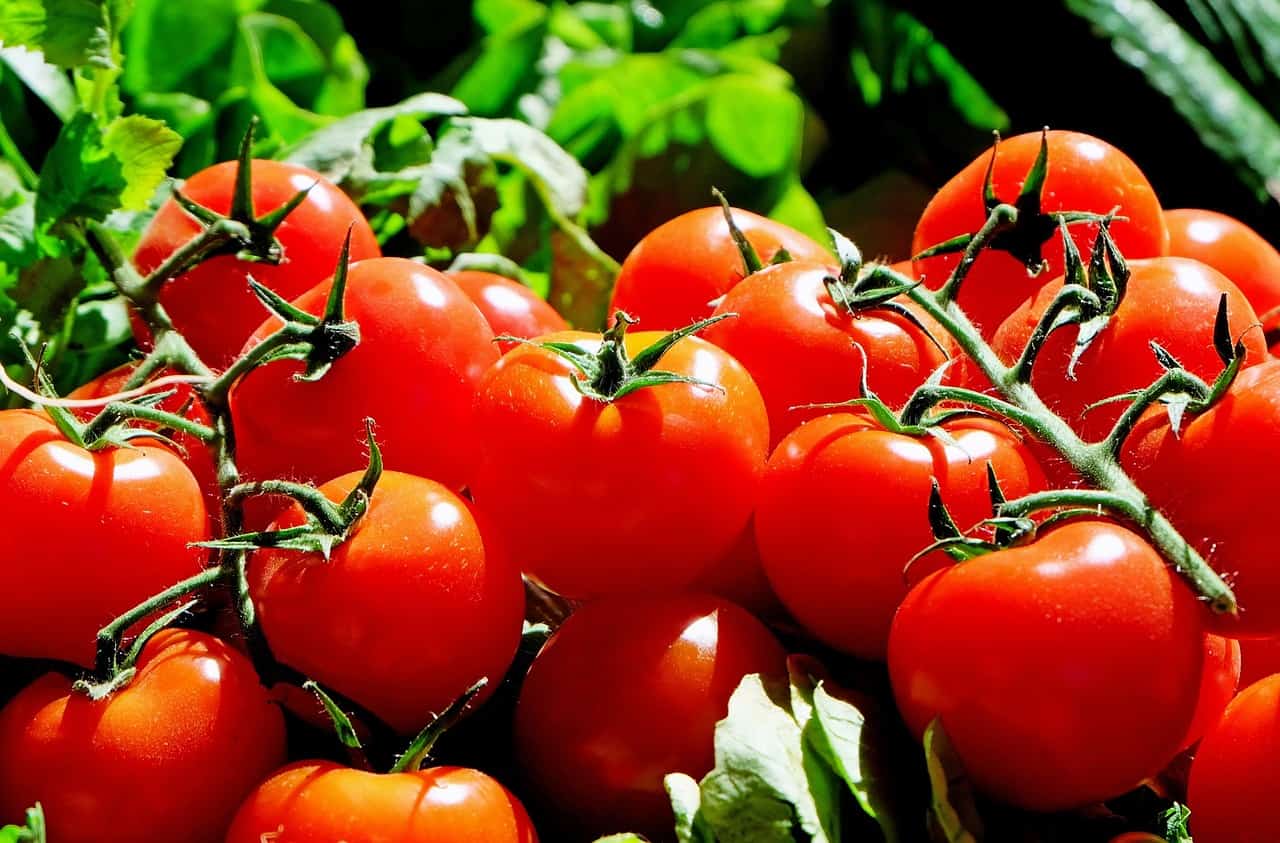
Photonics is a promising technology in almost all sectors, now and in the future. Numerous scientists are exploring the possibilities of this light technology. But what use is it to companies in other industries? How will they apply photonics? That’s what Photonics Applications Week is all about. This week will be dedicated to workshops, congresses, and exhibitions to show professionals from various disciplines what photonics can contribute in their sector.
Photonics can also be of great value to the agricultural and food industries. In the agri-food sector, there is currently a threat looming of major shortages of production staff who are able to do the work that has not yet been or cannot be automated,” says Ivo Ploegsma. He is responsible for scouting out new technologies within the Food Tech Brainport innovation accelerator. Agriculture, including arable and livestock farming, and horticulture all form part of the agri sector. “That work is often outdoors or in a food factory where it is relatively cold. That means that people are more likely to choose another job.” This is one of the reasons for the sector to go ahead with developing automation further alongwith photonics.
Converting applications
Together with ZLTO, BOM, FME and REWIN, Food Tech Brainport is organizing an event during the Photonics Applications Week. This is supported by the agri-food innovation program of the province of North Brabant. ” We are looking for applications in the agricultural sector that have been around for some time in the high-tech sector, such as more sensitive cameras or optical sensors,” says Ploegsma.
“We need to transform these into systems that work well in our sector. Like, for example, cameras that can withstand water and sand.” In order to achieve this, the agri sector must cooperate with the high-tech industry. “It’s just that these sectors speak totally different languages. As a result, the agri sector is unable to clarify their problems properly, and the companies in software, photonics and automation are unable to adequately explain their solutions. We want to make sure that the sectors understand each other better during this event and start looking for smart solutions together.”
Robotic eyes
The cameras or sensors, hence photonics, serve as a part of a robot or an automated system. “When you replace the hands of people who cut, pick or pack something, you also replace their eyes. A robot must be able to see what it has to pack or where it is going. That’s what the cameras are for.” These have many more possibilities than the human eye. “Using the latest camera technology, we can even look inside a tomato and measure certain values.”
A number of large farms are already well on the way to applying this technology. “A potato farmer from Brabant even has his own mini-airport and a permit to fly, which allows him to fly drones over his land,” Ploegsma explains. “But there are also still plenty of farms where people have to lie on the side platform of a slow-moving tractor in order to weed crops, for instance.”
Weed control and food production
The Photonics Applications Week event is also about weeding, among other things. “A robot or self-propelled tractor can easily weed when a field is empty. But if there are also potato plants in the field, the robot has to decide for itself what constitutes a weed and what does not.”
This makes the system complicated, according to Ploegsma. A camera needs to take pictures of the land. The robot analyzes the land on site and decides whether the plant is a weed or not. It then proceeds to carry out a mechanical action, namely pulling the plant out or leaving it alone “The system has to decide all this by itself. That’s why the machine has to be self-adaptive as well.”
The problems facing food processing companies are more or less the same. “Sometimes a robot with a camera system is already being used here. In many cases this is still difficult because the products are not fixed in shape or move around freely during production. This makes it a lot harder for a robot”, explains Ploegsma. By making existing camera systems smarter or developing new systems, a robot can respond better to variable products. According to him, there is still much to be gained in terms of quality, efficiency and data collection.
Bringing components together
This requires various companies with different expertise to work together. It takes one company to create the proper images, one company to provide software, analyze and classify data, and another company to build a machine or application that will eventually perform an action such as weed removal or relocating a food product. “The technical elements already exist. Now we need to combine them in the right way in order to be able to use the system on a large scale within the agri sector and the food industry.”
The participating organizations are looking for companies that will have developed a viable solution within six months to a year in order to make up for the shortage of production workers. “Research into new technological developments through universities, for example, remains necessary. Yet the agri-food sector is also looking for concrete applications that they will be able to use quickly,” Ploegsma says. “That is why we want to combine existing technologies so that we can create an affordable and reliable solution.”
Hunger for data
The demand for automation also has another reason, namely the hunger for data. ” Data concerning food production is becoming increasingly important. More and more people have an allergy or a preference for certain foods. On top of that, consumers want to know increasingly more about the origin of their food,” says Ploegsma. All this has to be registered on the basis of data collected during the production process. This is often done during the automated stages of the production process.
Cooperation is essential
For the time being, the high-tech and agri-food sectors are two separate worlds. During Photonics Applications Week, Ploegsma wants to ensure that these parties have a better understanding of each other and will start working together on applications that they are able to implement quickly. “We hope that all the various companies will start projects together in order to achieve this. The organizing parties will supervise and support these projects where necessary. By doing this, we hope to be able to show the first results within just a few months.”
The Photonics Applications Week will run until October the 4th. You can find the program here.







